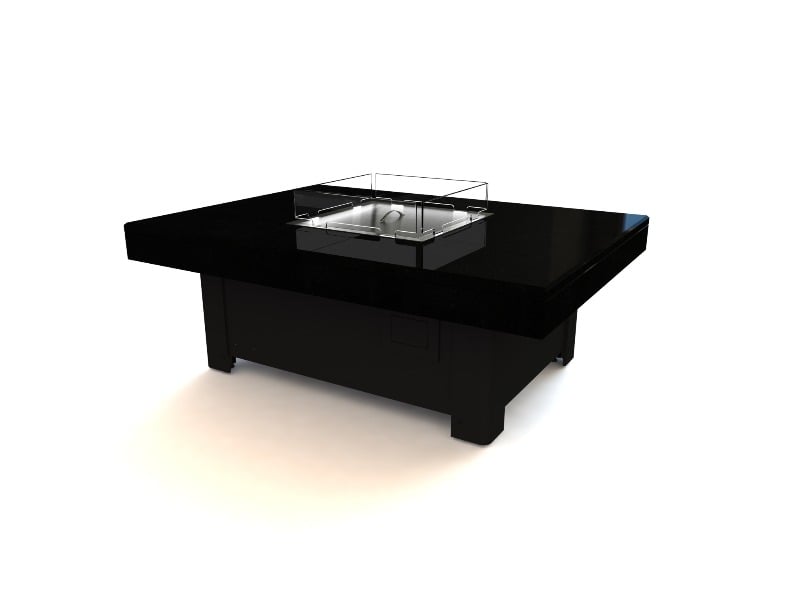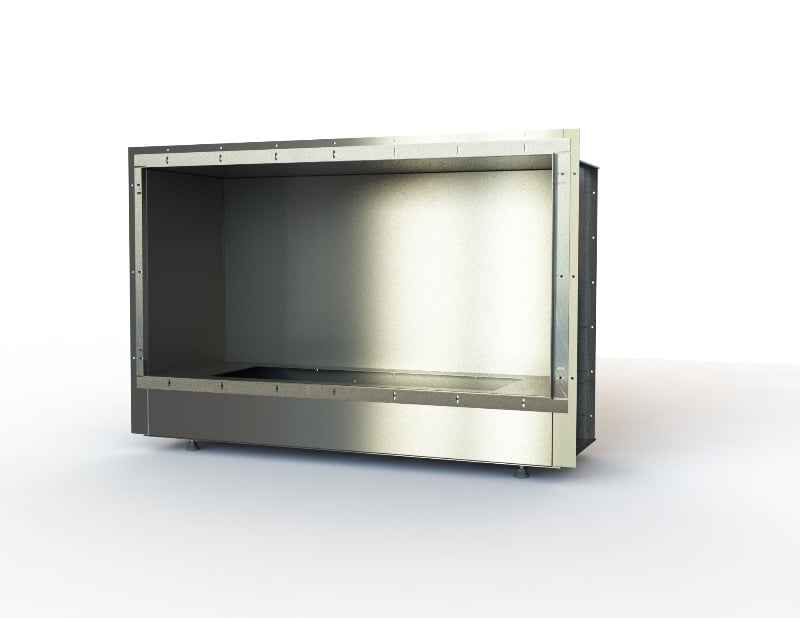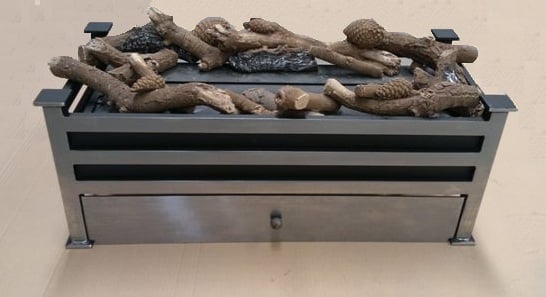Now that we're coming into the summer, it's time to start thinking about your garden again. Weeding the garden, throwing away all the dead plants, your mind always begins to whirr over further improvements.
A timeless option that will help maintain a stunning garden year upon year, is an outdoor garden fire.
It can to begin with be a little intimidating choosing an outdoor fire, so in this article; I will list the options open to you and their inherent strengths and weaknesses.
Chimeneas
Patio Heaters
Fire Pits
Bioethanol Fires
Chimeneas
The most common outdoor fire at the moment is the chimenea. You probably know someone who has one, or have one yourself. Chimeneas are made from solid cast iron or clay effectively making it a mini-furnace.
A chiminea will start very quickly and will retain and radiate heat for a long time after the fire has died (especially cast iron chimeneas). Chimeneas run mostly on wood, but you can use almost any solid fuel. Unfortunately as they run on solid fuel, they do tend to give of a strong smell while burning.
Patio Heaters
A second popular option is the patio heater. Patio heaters are appliances for generating radiant heat for outdoor use.
A burner on top of a pole, burns LPG or propane, and directs the flames against a perforated metal screen. Heat is radiated from the surface of the screen in a circular pattern around the appliance. A reflector atop the burner reflects heat that would be otherwise lost upwards.
Patio heaters have become popular with bars and restaurants since they extend the day and the season for their customers to sit outdoors. This increase in the popularity of the patio heater has led to concerns over their environmental effects.
Fire Pits
There are many methods of constructing fire pits, but basic options are described here:
Pre-made fire pits are the most common form of fire pits and can be purchased from a retailer such as B&Q. They are made mostly of metal and can be either wood or gas burning. Unlike traditional fire pits, these fire pits are portable.
Assembled fire pits are different from pre-made fire pits and because they are built according to your own plans. They encompass a much wider variety of styles and functions. Both stone and concrete fire pits are very heavy and due to their weight are secured to wherever they are placed.
Both gas and wood burning fire pits are seen as garden features these days. Whether you choose to purchase a pre-constructed fire pit; employ someone to build one in your garden, or make one yourself - all options present themselves to someone who desires a fire pit in their garden.
Essentially, to make a fire pit, all you have to do is create a suitable hole in order to safely contain a fire. This can be as simple as digging a hole in the ground, or as complex as hollowing out a brick or rock pillar.
Though a defining characteristic of fire pits is that they are designed to contain the components of the fire at all times, it is always most prudent to take safety measures in the event that very hot materials do escape from its confines.
Also, whenever using a fire pit, one should make sure to rake the surrounding area to remove dead leaves or other debris that could potentially catch on fire from stray sparks. A safety measure that one can employ is placing a screen over the fire pit which not only contains sparks underneath it, but also reduces the wind's impact on potentially enlarging the fire.
Good garden maintenance and monitoring the area surrounding the fire pit removing any low lying branches from above it or debris around it is prudent. Fire pits have the potential to be dangerous, however the steps needed to be taken to ensure their safety are minimal though important.
Wood burning fire pits do however leave behind a lot mess to clean up (charred wood) and can smell during the burn. Wood burning fires are also prone to spitting embers.
A much cleaner approach is to use either a gas or bioethanol patio fire pit.
Bioethanol Fires
Bioethanol outdoor fireplaces are a rapidly rising technology and have been popular in Europe and the US for 5 or 6 years. Outdoor fireplaces run on environmentally friendly bioethanol fuel. The fuel is carbon neutral and so is perfect if you are particularly environmentally conscious.
A fire outdoor allows you to enjoy the mystique of a fire whilst the smell and excess heat dissipates into the air.



